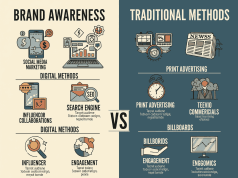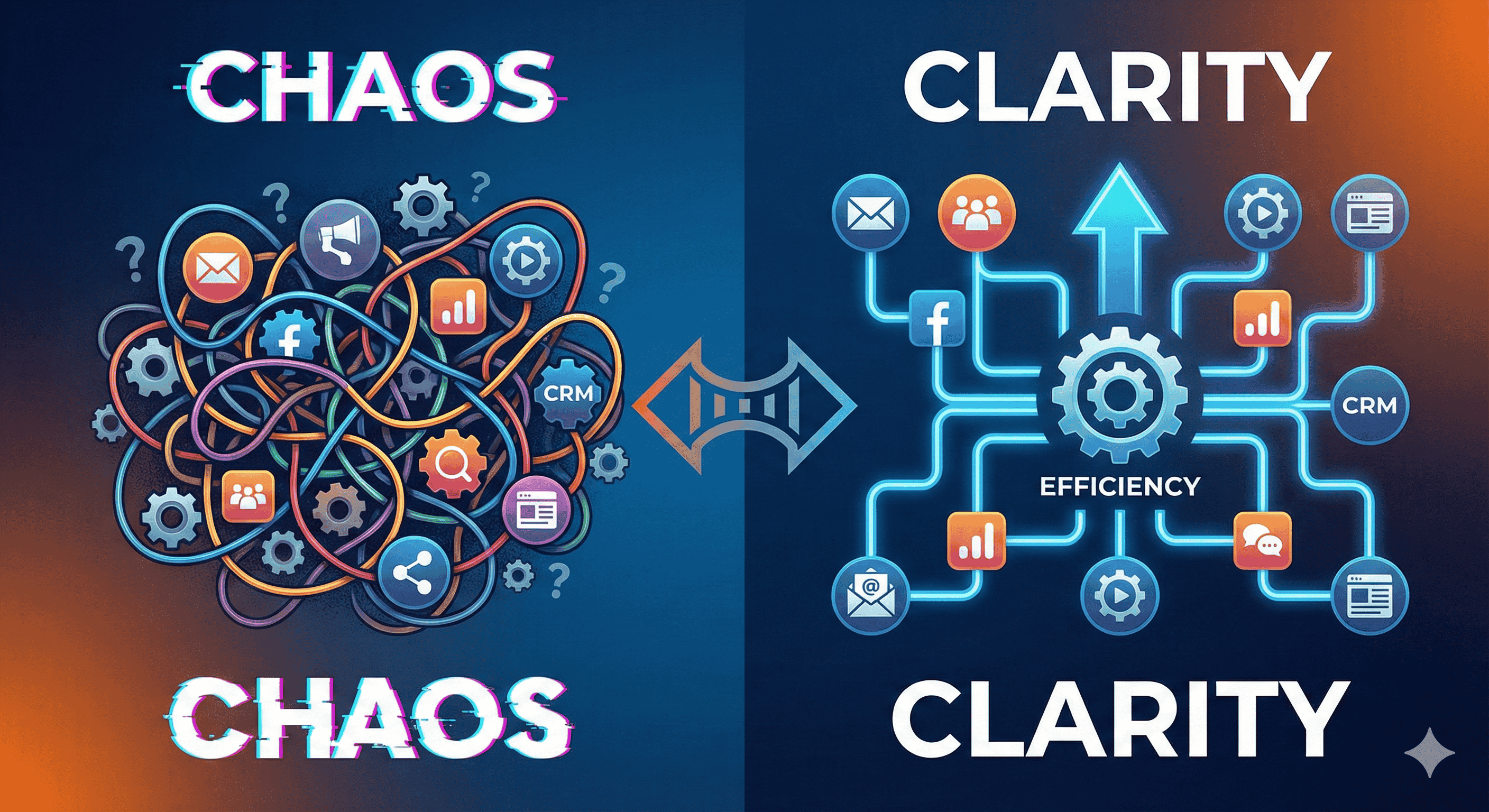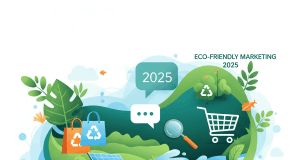As we move further into the digital age, the landscape of advertising is undergoing remarkable transformations. By 2025, marketing strategies will be shaped by cutting-edge technologies and emerging consumer behavior trends. Here’s a look at some of the most innovative marketing tools and strategies expected to revolutionize the advertising industry in the coming years.
1. AI-Driven Personalization
Artificial Intelligence (AI) has already started to play a crucial role in advertising, but by 2025, its influence will deepen. Brands will harness AI to analyze vast amounts of consumer data, enabling hyper-personalized marketing campaigns that cater to individual preferences and behaviors. Chatbots, predictive analytics, and machine learning algorithms will ensure every interaction is tailored, enhancing customer experience and engagement.
2. Augmented Reality (AR) and Virtual Reality (VR)
AR and VR technologies are set to redefine how consumers experience products and brands. Imagine trying on clothes virtually or taking a realistic tour of a hotel room before making a booking. By 2025, expect more brands to integrate AR and VR into their marketing strategies, creating immersive experiences that foster a deeper connection with consumers and increase the likelihood of conversion.
3. Voice-Activated Advertising
With the rise of voice-activated devices, advertising strategies will pivot towards optimizing for voice search. Marketing professionals will craft engaging audio content that resonates with consumers, whether through podcasts, smart speakers, or voice-activated ads. Brands that master voice search optimization will gain a significant competitive edge in connecting with their audiences.
4. Blockchain Technology
Transparency and trust are paramount in advertising, and blockchain technology is poised to address these issues. By 2025, expect more advertising platforms to utilize blockchain for tracking ad spend and ensuring that digital advertisements reach genuine human audiences. This technology will help combat ad fraud and build trust among consumers and advertisers alike.
5. Programmatic Advertising Advancements
Programmatic advertising is already streamlining media buying, but future advancements will make it even more efficient. By integrating AI and machine learning, programmatic platforms will become increasingly adept at real-time bidding based on user behavior and preferences. The result will be more relevant ads served at optimal times, increasing ROI for advertisers.
6. Sustainability-Focused Strategies
As consumers become more environmentally conscious, brands will need to align their values with sustainable practices. By 2025, expect to see a rise in eco-friendly advertising campaigns and initiatives that prioritize sustainability. Marketing messages will focus on transparency about sourcing, production, and the environmental impact of products, appealing to a more socially responsible consumer base.
7. Social Commerce
The intersection of social media and e-commerce is being revolutionized by platforms introducing comprehensive shopping features. By 2025, social commerce will dominate, allowing consumers to buy products directly from their favorite social platforms. Brands will invest in creating engaging social content that facilitates instant purchases, transforming the way users shop online.
8. Interactive and Shoppable Content
Content marketing will evolve with a focus on interactivity and shoppability. By 2025, expect advertisements to include interactive elements that encourage consumer participation. This could range from quizzes and polls to shoppable videos where customers can click to purchase directly within the content. The emphasis will be on creating engaging experiences that convert viewers into buyers.
Conclusion
The future of advertising, as we approach 2025, is rife with innovation driven by technology and changing consumer preferences. Those who stay ahead of the curve by adopting these emerging tools and strategies will not only improve their marketing effectiveness but also build stronger relationships with their audiences. Brands that embrace personalization, sustainability, and immersive experiences will lead the way in the next phase of advertising, ensuring they stay relevant in a rapidly evolving marketplace.
As we look ahead, the essence of advertising will remain the same: connecting with consumers in meaningful ways—but how those connections are made will undergo a profound transformation.









